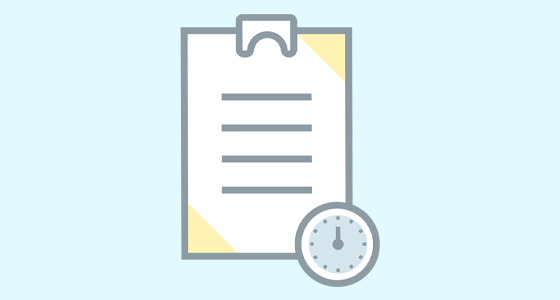B2B Ecommerce often relies on a buy now, pay later approach, a process that contrasts with its B2C counterpart, where payment is collected upfront. This process has been normalized over time, but it doesn’t come without its challenges.
Some businesses shift the responsibility for taking the risk and collecting the payments to third parties, but that comes with a cost that can meet or exceed the cost of credit card fees. In the world of B2B, margins may not allow for this, or make it too costly to be viable.
Others take on the risk themselves, but that can have its own issues. The average time for a business to process an invoice it has received is 10 days, so time is of the essence when getting invoices in your buyers’ hands. Furthermore, more than half of invoices are paid late, albeit usually only by a few days, but every day can count when it comes to cash flow, especially when margins are tight.
6 Ways to Support Your Account Receivables Through Net Terms
Net Terms can be a helpful tool to get your buyers to purchase from you more regularly vs. your competitors, but there are ways the right Net Terms solution can reduce your risk.
All of the ideas below are designed to help your Accounts Receivable team by offering automation, incentives and better tools for buyers to avoid a manual outreach and collections process.
So, here are six things that you should expect from your Net Terms solution to help you with your Accounts Receivable needs.
1. Automatic Due Date Reminder Emails
Setting up reminder emails can be one easy way to ensure that invoice processing clock can start early. A reminder email can be linked to a digital invoice payment option, which can allow for a faster capture of payment once they do receive that reminder.
Sending it 14 days out can get ahead of that 10 day processing time as well, which can reduce the risk a payment will come in behind the due date. Reminders are a simple, effective way to stay on top of Accounts Receivable collection.
2. B2B Payment Options Your Customers Need
B2B Ecommerce is behind the curve when it comes to payments. Many businesses still use outdated and slower payment forms like checks or cash, which require additional time and effort to get into your bank account.
Digital forms of payment, such as ACH and credit cards, can allow for instant payment. Credit cards have a higher percentage cost, whereas ACH generally has lower overall fees, particularly helpful on bigger payment sizes often seen in B2B Ecommerce.
Depending on your business, one or both can yield faster receipt of payment from customers, reducing the time to wait for cash in the bank.
3. Offer Discounts for Early Payment
Cash flow isn’t just important to you, but to your buyers. Sometimes dangling the carrot of a discount for paying faster will be attractive to some of your buyers, while the discount offered will be a helpful trade-off for having cash on hand sooner.
The discounts don’t have to be large – a couple of percentage points is generally enough – and can be structured in a way that ensures cash arrives weeks ahead of time. For instance a format of:
2%/10 Net 30
Would offer a 2% discount when paid in 10 days, but an overall Net Terms offering of 30 days. If a customer paid in 10 days, they’d receive a 2% discount, but your business would have the cash a minimum of 20 days sooner. Otherwise, they can still pay within 30 days the full amount.
4. Late Fees for Overdue Invoices
Of course a traditional carrot and stick approach means you can also discourage drifting into late invoice territory with a late fee.
A late fee, as a percentage of the invoice, is another way you can encourage payments on time, especially when married with those email reminders that note a late fee if the due date is missed, can be an easy way to encourage your buyers to not wait too long.
5. Set Credit Limits
Many businesses will set credit limits for their buyers, based on the business they’re working with, their history working with a business and other signs of creditworthiness.
Some businesses will work with third parties to do credit checks before extending terms; while that can incur a cost, the information can help reduce risk, and losses, if a buyer ultimately fails to pay one or more invoices.
Credit limits put a cap on how much a buyer can have out on terms; to be able to buy more products, they would have to pay down their outstanding balance. This can sometimes be a way to entice payments when the buyer needs to order more.
6. Suspend New Terms Orders When Past Due
Finally, another way your business can protect itself, and in the process help your Accounts Receivables team, is to disable Net Terms as an option when one or more invoices are past due.
When your buyers are reliant on ordering regularly from you, this can be particularly helpful, as it will encourage a past due invoice to get resolved so a new order can be placed. But it also protects you from new orders and an increased risk of exposure to that buyer until the business is back up to date on payments.
Zoey Can Supply You With Robust B2B Ecommerce and Net Terms Solutions
All six solutions covered in today’s post are things Zoey can do natively – no third party tools or functionality are required. If your business needs a powerful B2B Ecommerce solution that supports and offers native Net Terms options with per-account controls, we’re ready to talk you through Zoey’s full suite of capabilities. Let’s talk today:





